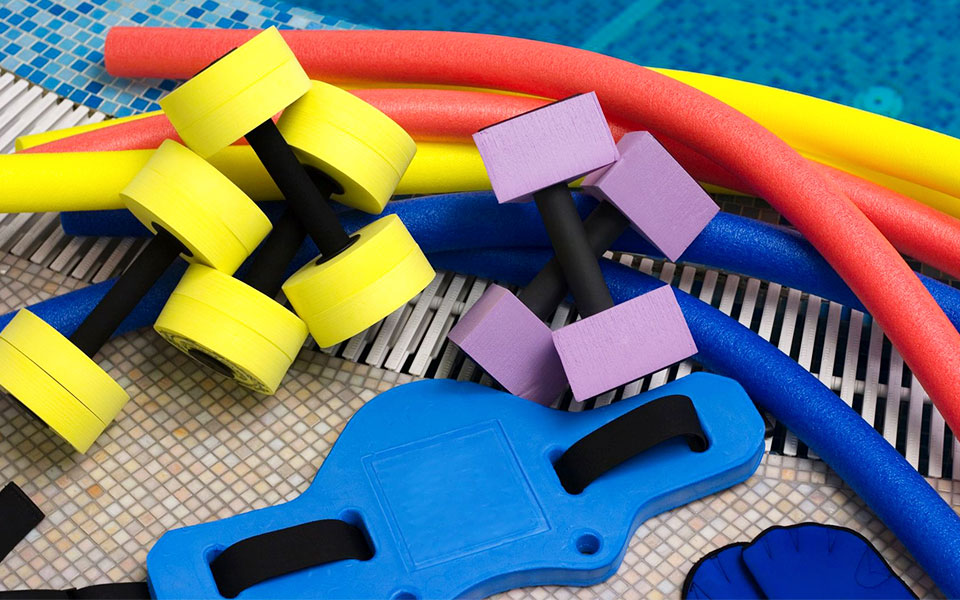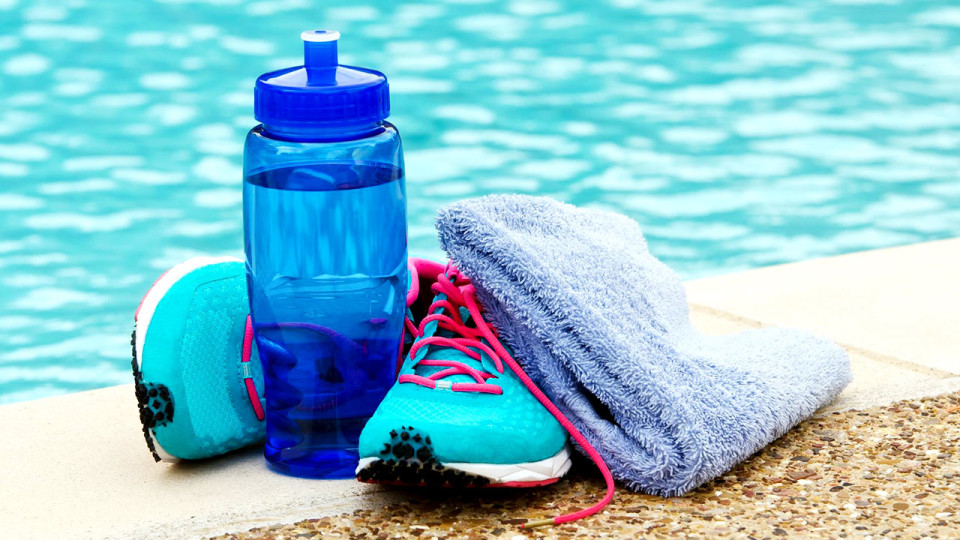Aqua Jogging or water running is a form of low-impact exercise that has been used as a method of rehabilitation for runners with injuries because it allows the muscles to exercise without interference from gravity. However, aqua jogging is not just for rehabilitation. Runners can substitute it a couple of days a week in lieu of their regular routine, giving their bodies a rest from the constant pounding endured while pursuing their passion.
Why Aqua Jogging
It has been found that water running provides a cardiovascular workout equal to that of actual running and can keep you in shape while you are undergoing rehabilitation. Aqua jogging is beneficial for injuries such plantar fasciitis, shin splits and tendinitis. The buoyancy during exercise gives you the ability to maintain your exercise regimen without the stress of gravity on your muscles and joints.
Not just for runners
Aqua jogging is not just for athletes. This technique also can be used if you need a low-impact method of exercise. If you suffer from knee or hip problems or have muscular issues, water jogging is an aerobic workout that will tone your muscles and provide cardiovascular benefits.
Shallow or deep water
You can perform water jogging in shallow or deep water. Individuals find that shallow-water running is more taxing than deep-water aqua jogging, and there is a small level of impact when using the shallow end of the pool. Deep-water running gives the individual the same range of motion as running. A flotation belt is required to keep you afloat in the water and allow you to pump your legs and arms in a natural running motion. This will enable you to have the full range of motion you have when running and help you maintain the upright posture that running requires. However, it has been found that deep-water running is more demanding on the cardiovascular system when done at a low to moderate intensity, likely due to an increased demand on the upper body, which is typically not as trained in runners as their legs are.

Techniques
When water running in deep water, your body should be erect and not bent over. The motion should be the same as if you are out on the tarmac. Arms should be swung from the shoulder in a relaxed manner, keeping them a few inches away from your body and below the water. Do not keep your arms at your side or across your chest; this will lessen the efficacy of your workout.
Your leg motion should be that of when you are running, bringing your knee high and pressing slightly behind you on the down thrust. Pay attention to your posture and stay as erect as possible. How hard you go at it will be determined by your stamina. A good aqua running workout should leave you sweating with your heart rate elevated as if you had taken a jog around the track. If you are water jogging for rehabilitative reasons, follow the directions of your doctor or therapist to avoid stressing your injury.
Workouts
Water jogging workouts are much like your running workouts. Just as if you were running, the workout should be one minute of high intensity motion, followed by one minute of recovery in twenty-minute intervals and working toward a forty-five minute workout. Although water jogging does not subject your body to impact stress, you do have resistance from the water on your body that helps with muscle toning. You will need to determine what your level of ability is based on your current condition.
Equipment
The only required equipment to get started is a swimsuit, a towel and a pool. However, the use of an aqua belt will help you maintain proper posture while aqua running in deep water. There are also waterproof weights that are available on the market that can be used as part of your workout regimen. Aqua belts, waterproof weights, and other equipment that will assist you with this exercise can be found in sporting goods stores or online.

Disadvantages
You will not be able to get your heart rate and oxygen rate as elevated when aqua running, and since water has more resistance than air, your muscles will tend to be sore when you first begin water running. Another potential disadvantage is pool access. The necessity to travel to a pool, gym or athletic facility may make aqua running inconvenient and too time consuming to participate in this form of exercise.
Get to it!
Classes for aqua jogging can be found at local fitness centers and health clubs. There are classes that are designed for rehabilitation as well as age and experience. However, it is not necessary to join a group to become an active water runner. You can accomplish this activity at your local pool or gym but you need to be conscious of those around you in the pool so that they are not in your way or you in theirs.
Water running is an excellent method to stay in shape and not backslide during a period of rehabilitation of joints and muscles. It provides you with a viable alternative to maintain the stamina you have developed over time while you are in a situation where regular running is not possible. For those who are older or who have problems with knees and hips that have become worn with age, aqua jogging will help keep you active and healthy while protecting your body from the toils of high-impact exercise that can cause injury to your body.
Whether you are looking for a low-impact form of exercise or need to adjust your routine for rehabilitative issues, aqua jogging can lead to a healthier body and you may find that it beats your regular running routine. Try it for your health.
Have you tried Aqua Jogging or Water Running before? Share your experience in the comment box below or discuss it at our forum!




